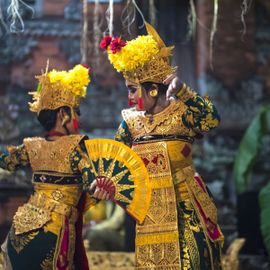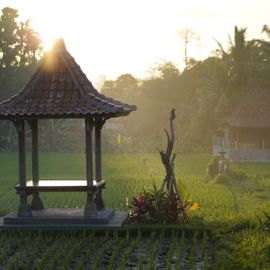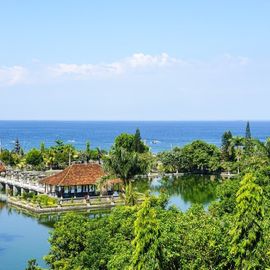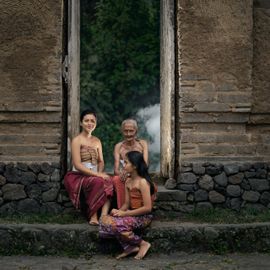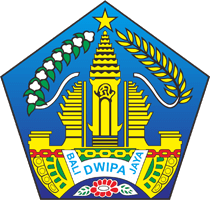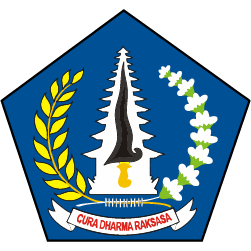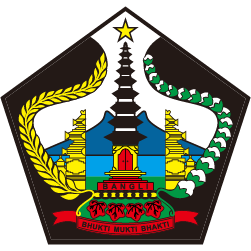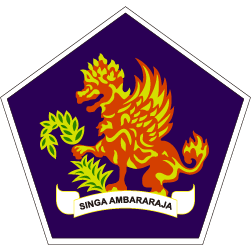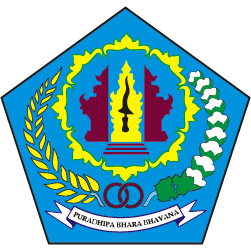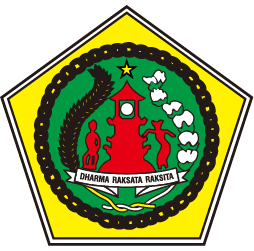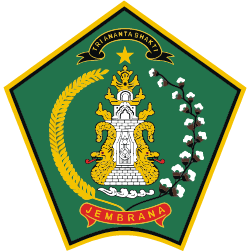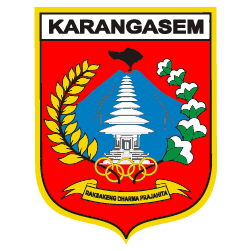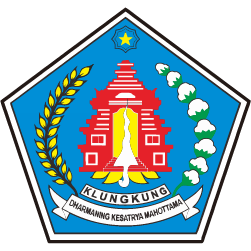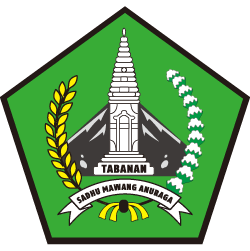Prepare Your Courage To See The Mystical Sanghyang Dedari Dance!
Prepare Your Courage To See The Mystical Sanghyang Dedari Dance!.
Bali has a variety of unique and interesting dances that thickly describe its culture. Each dance has a different function. Some are specifically intended for entertainment, welcoming guests, and some are for religious rituals. One of them is the Sanghyang Dedari Dance. What does this dance look like? Check out the following review.
Sanghyang Dedari dance
The history of the origin of this dance originated when the village of Bona, Blahbatuh, Gianyar was attacked by a plague suffered by residents. Outbreaks that spread so fast and difficult to treat. It is said that there were a number of girls playing around Puseh Temple, which at the time were only carrying out piodalan. They play while singing the sanghyang song. A girl then was dancing to the rhythm of the sanghyang singing, involuntarily the girl was possessed. Seeing this incident, the residents decided to make this a sacred dance in the hope that the plague disappeared and didn’t return to the village.
This is one of the sacred dances that contains a mystical impression. So mystical, this dance is not exhibited as entertainment but is held specifically in a series of sacred ceremonies. The ceremony is intended to ask for safety from a disaster or epidemic that attacks a village. This dance is different from other Balinese dances, where dancers must be conscious while dancing. The Sanghyang dance requires the dancer's body to be possessed by the Dedari.
This dance is played by a pair of little girls who are not yet puberty because they are still considered sacred on a sekala basis. Before dancing, the two dancers followed the ceremonial procession so that the Dedari could enter their bodies. The procession was carried out at night at the temple, accompanied by a Gending Sanghyang choir sung by a group of women, men, and the audience present. In the middle of the singing, the dancer will pass out for a while then start dancing with eyes still closed. This is a sign that the Spirit of Dedari has entered the body.
In a state of not being aware, dancers will be taken to the dance by being carried on the shoulders of two big men. With the accompaniment of Gamelan Palegongan, they will be dancing on the shoulders of the walking bearer. Amazingly, they did not fall at all. Once arrived at the intended place, dancers are allowed to dance. The dance moves performed are similar to the Legong Dance. Occasionally they will turn towards the pemadeg with a furious face, if the pemadeg is noisy or the sound of Gending Sanghyang's voice is faintly heard. Maybe this is a sign that worship is conducted in a solemn state. Slightly different from the Sanghyang Dedari Dance which was held in Pasangka Village, Karangasem. Sanghyang dancers will go up to the bamboo stick that has been prepared and then they will dance on bamboo that has been given a foothold.
You have to be brave enough to see this dance. Because the mystical atmosphere certainly covered the ceremonial activities. The Sanghyang Dedari dance is still held today in Geriana Kauh Village, North Duda, Karangasem, Bali. This is the only village that still preserves the Sanghyang Dance. The dance is played around April, when the rice begins to turn yellow.
